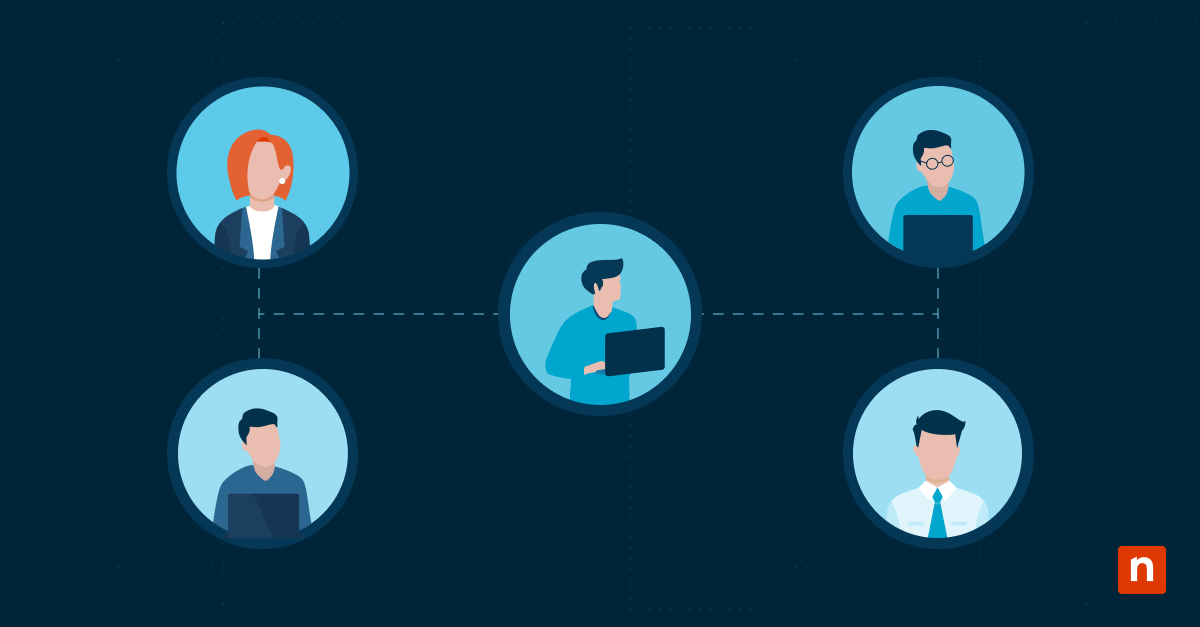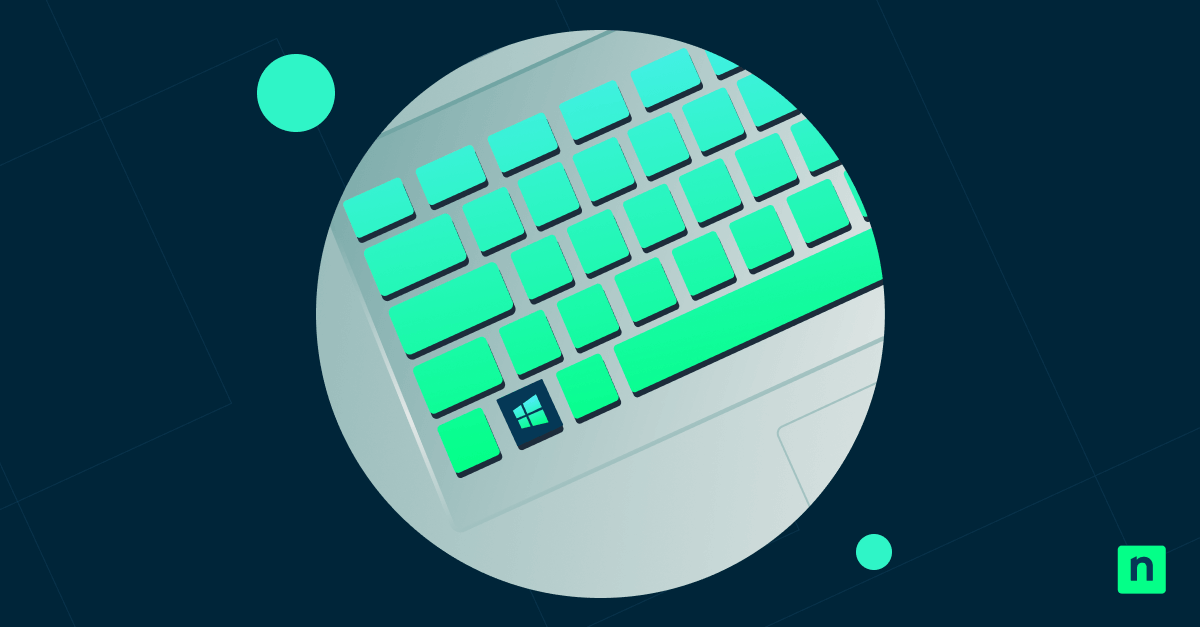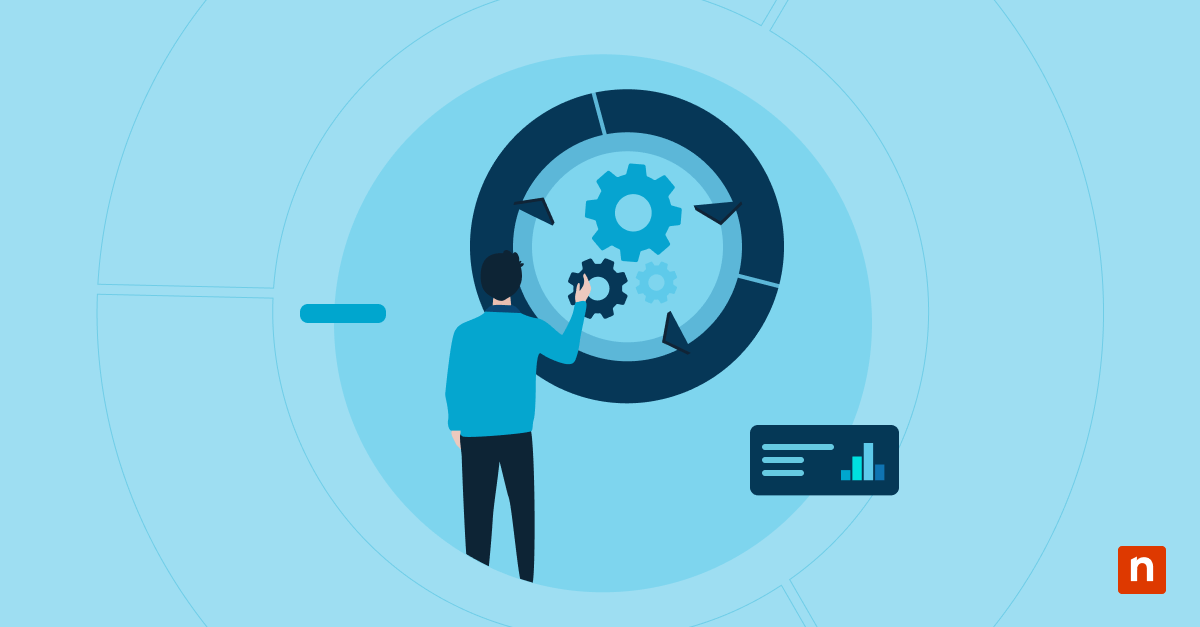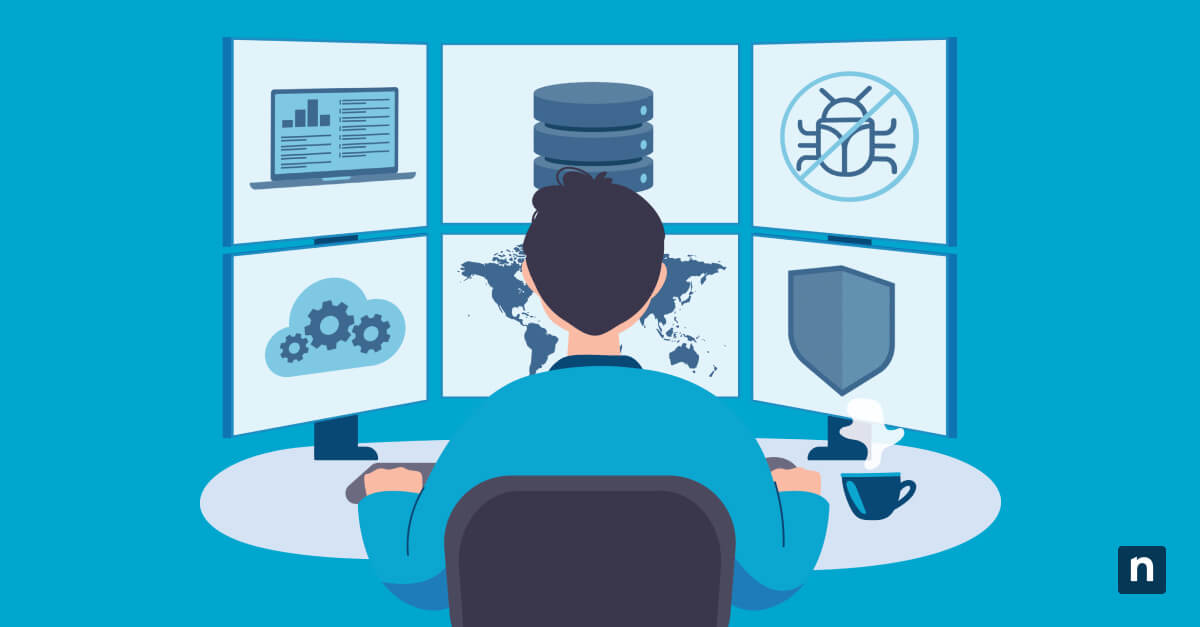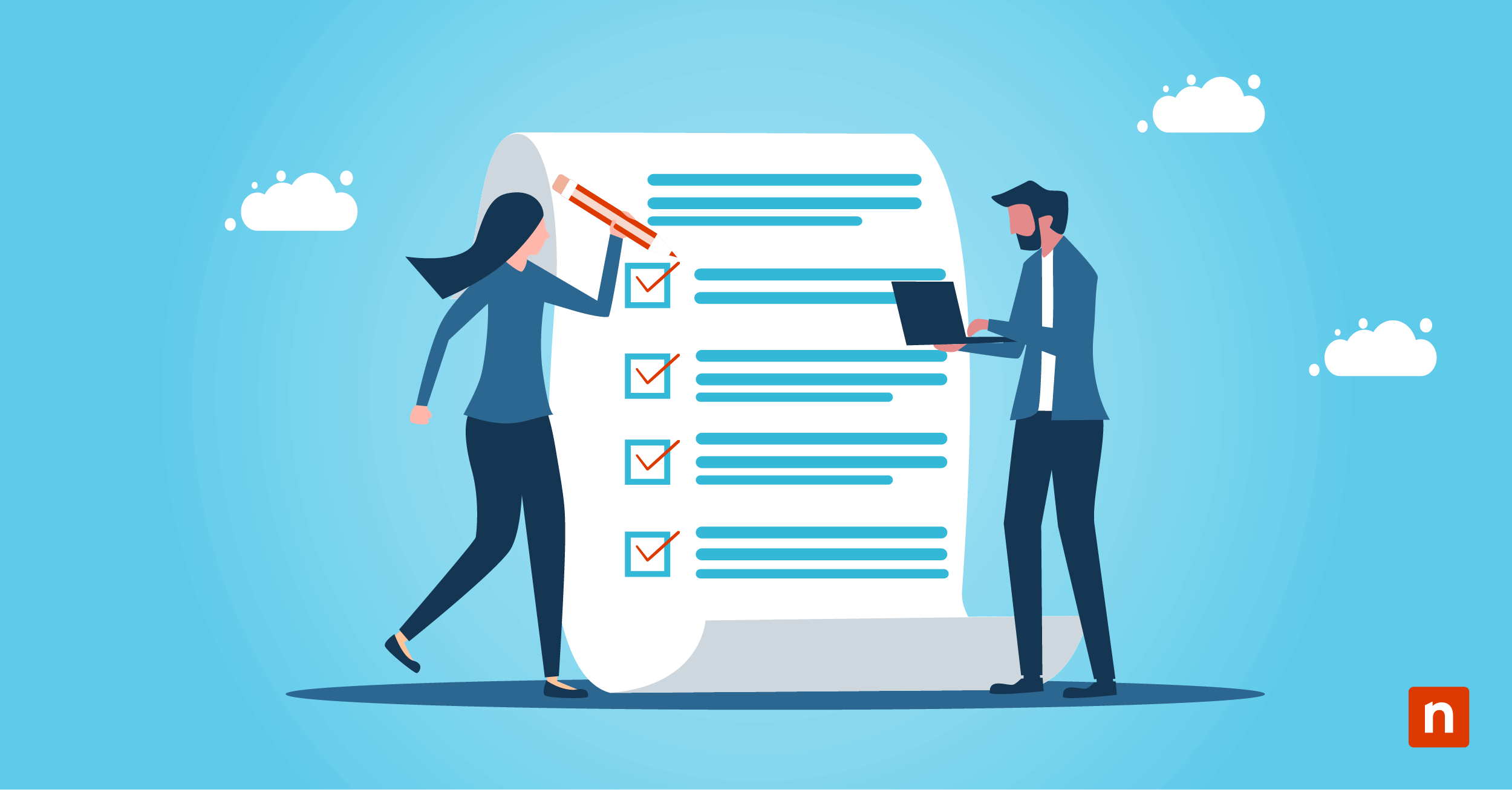Quake Mode in Windows Terminal allows users to open a drop-down terminal from the top of the screen with a single keypress, similar to the in-game console from Quake. This feature offers quick access to the command line without launching a separate window.
Quake Mode enhances multitasking by streamlining scripting, monitoring, and administrative tasks. It helps reduce UI clutter with a toggleable, always-on-top terminal and supports integration with automation workflows and system management tools.
This guide will show you multiple ways to open Windows Terminal Quake Mode in Windows 11.
| Click to Choose a Method | 💻 Best for Individual Users | 💻💻💻 Best for Enterprises |
| Method 1: Open Quake Mode using the keyboard shortcut | ✓ | |
| Method 2: Launch Quake Mode from the Run dialog or Shortcut | ✓ | |
| Method 3: Create a desktop shortcut for Quake Mode | ✓ | |
| Method 4: Launch Quake Mode at Startup (Optional automation) | ✓ | ✓ |
How to enable Quake Mode Windows Terminal in Windows 11
📌 Prerequisites: Before diving into the different methods, below are some general prerequisites you should be aware of.
- Requires Windows Terminal version 1.9 or later
- It applies to Windows 11 (all editions)
- Quake Mode works only with the Windows Terminal Preview or Windows Terminal installed via the Microsoft Store.
Method 1: Open Quake Mode using the keyboard shortcut
This method allows you to summon a drop-down terminal using a keyboard shortcut.
📌 Use Cases: Best for users who need instant terminal access while multitasking
📌 Prerequisites: Windows Terminal app must be running in the background. [Refer to #1 and #2 in ⚠️ Things to look out for.]
- Press Win + ` (the Windows key and the backtick/tilde key, usually located just below Esc and above Tab).
- A terminal window will drop down from the top of the screen.
- Press Win + ` again to toggle its visibility.
The session remains active in the background and can be recalled instantly.
Method 2: Launch Quake Mode from the Run dialog or Shortcut
This method is helpful if the hotkey doesn’t work or if you prefer launching Quake Mode manually via command.
📌 Use Cases: Suitable for users who prefer manual or script-based control over terminal access.
📌 Prerequisites: wt.exe must be in the system PATH (installed via Microsoft Store). [Refer to #3 in ⚠️ Things to look out for.]
- Press Win + R to open the Run dialog box.
- Type the following command: wt.exe -w _quake
- Click Enter.
This launches a new Quake Mode window, even if Windows Terminal isn’t already running.
Method 3: Create a desktop shortcut for Quake Mode
This method lets you create a desktop shortcut that launches Quake Mode with a simple double-click.
📌 Use Cases: Best for users who want click-based access without relying on hotkeys.
- Right-click on the desktop. Select New > Shortcut.
- In the location field, enter: wt.exe -w _quake
- Click Next.
- Name the shortcut (e.g., Quake Terminal), then click Finish.
- (Optional) Right-click the shortcut. Tap Properties > Change icon to personalize it.
- (Optional) Right-click again to Pin to Taskbar or Pin to Start for even quicker access.
Method 4: Launch Quake Mode at Startup (optional automation)
📌Use Cases: Suitable for users who want Quake Mode preloaded and ready right after system startup.
- Press Win + R to open the Run dialog box.
- Type shell:startup and click Enter. [Read #4 in ⚠️ Things to look out for.]
- In the Startup folder, right-click and choose New > Shortcut.
- Enter the following in the location field: wt.exe -w _quake
- Click Next.
- Name the shortcut (e.g., Auto Quake Terminal).
- Click Finish.
- Close the folder.
The next time you log into Windows, Quake Mode will automatically launch in the background, ready to use.
⚠️ Things to look out for
Risks | Potential Consequences | Reversals |
| Trying the shortcut without launching Windows Terminal first | When pressing Win + `, nothing will happen. You may think Quake Mode is broken. | Open Windows Terminal manually first, or use Method 2 to initialize Quake Mode. |
| Conflicting global hotkeys from other apps | The shortcut may not work or might trigger the wrong program. | Close or reassign hotkeys in conflicting apps. |
| Running wt.exe -w _quake on a non-Store installation | You may receive a “wt.exe is not recognized” error or have Quake Mode fail to start. | Uninstall the current version and reinstall Windows Terminal via the Microsoft Store. |
| Incorrectly placing a shortcut in shell:startup | Quake Mode won’t auto-launch when a user logs in. | Run shell:startup and ensure the shortcut is correctly placed in your user’s Startup folder. |
Additional considerations
Here are some important points to keep in mind when using Windows Terminal Quake Mode:
Single instance
Only one Quake Mode window is allowed at a time. No matter how many times you trigger it, it refers back to the same drop-down window docked at the top of your screen. You cannot launch multiple Quake windows, as it’s designed to be a universal command hub.
Docked resizing
The Quake window is resizable but remains affixed to the top edge of the screen. You can drag the bottom border to adjust the height, but it cannot be moved elsewhere or floated like a regular window.
Shell compatibility
Quake Mode is compatible with PowerShell, Command Prompt (CMD), and Windows Subsystem for Linux (WSL). You can use multiple tabs within the Quake window or configure profiles to switch between shells as needed.
Default profile
Quake Mode uses your default Windows Terminal profile, typically PowerShell, CMD, or WSL. Any profile set under Settings > Startup > Default Profile will be used when Quake Mode is launched.
Troubleshooting
If the Win + ` shortcut doesn’t work, you may be using an older version of Terminal, or your install is corrupt or outdated. Ensure Windows Terminal is installed from the Microsoft Store and you use version 1.9 or later.
Enable Windows Terminal Quake Mode for instant command-line control
Quake Mode in Windows Terminal provides a convenient, fast-access terminal window for Windows 11 users. It boosts productivity for developers, sysadmins, and anyone using CLI tools regularly. The terminal can be quickly toggled with a shortcut or launched automatically at startup for instant access.
Make sure Windows Terminal is installed from the Microsoft Store. This version supports system-level features like Quake Mode and Startup Tasks. Moreover, verify that the terminal app runs in the background so the shortcut works properly.


